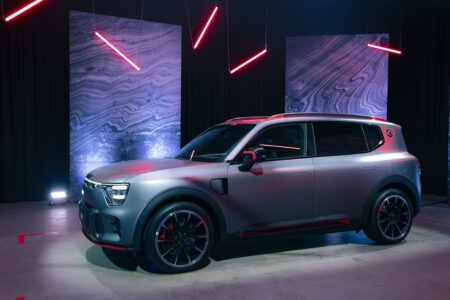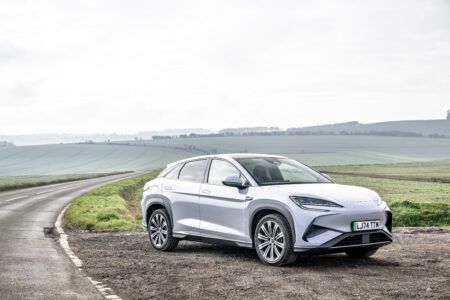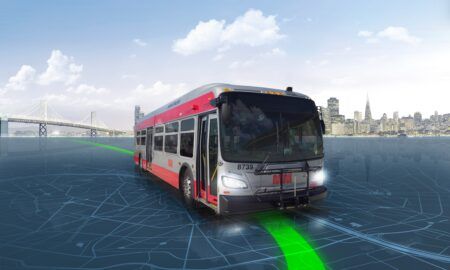Aptera has demonstrated the real-world viability of solar-assisted EVs by completing a 300-plus mile journey on a single charge. The company’s production-intent vehicle, driven by Co-CEO Steve Fambro and a small team, traveled through the American Southwest, utilizing solar energy to extend its range.
The journey began in Flagstaff, Arizona, where the vehicle was already collecting 300 watts of solar energy before departure. Following portions of historic Route 66, the team traveled through Hackberry and Kingman before reaching Lake Havasu.
“It’s kind of the path not really taken,” said Fambro about their route choice. “And that’s one of the reasons we wanted to do it this way.”
Despite overcast conditions during parts of the trip, the vehicle’s solar panels generated up to 545 watts of power. The Aptera faced various driving conditions including mountain passes, highways, desert winds, and encounters with commercial truck traffic.
“The panoramic windshield gives you this incredible view of the landscape,” Fambro noted. “It’s like a big picture window into the future.”
The journey concluded with the team crossing into California. According to Fambro, the distinctive vehicle attracted significant attention from other drivers: “Almost everyone we passed had their phones out filming us. It’s clear that Aptera’s design stops traffic – without needing to stop for a charge.”
This road test represents a significant milestone for Aptera, validating their technology in real-world conditions. The company aims to offer an alternative to conventional EVs by incorporating solar panels that continuously charge the battery during daylight hours, reducing dependence on charging infrastructure.
The completion of this journey suggests that solar-assisted electric vehicles may be closer to mainstream adoption than previously thought, potentially offering a new approach to sustainable transportation.





